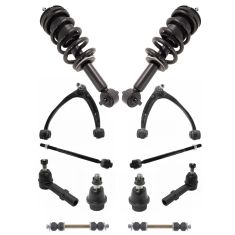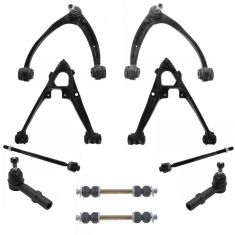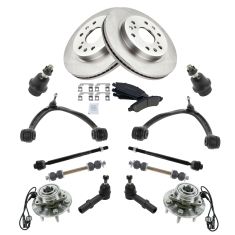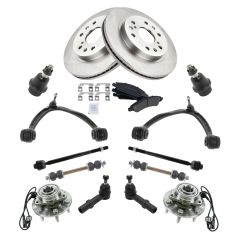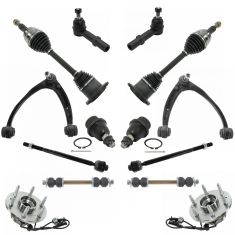1ASFK08048-Chevrolet GMC Cadillac Front 8 Piece Steering & Suspension Kit TRQ PSA69984
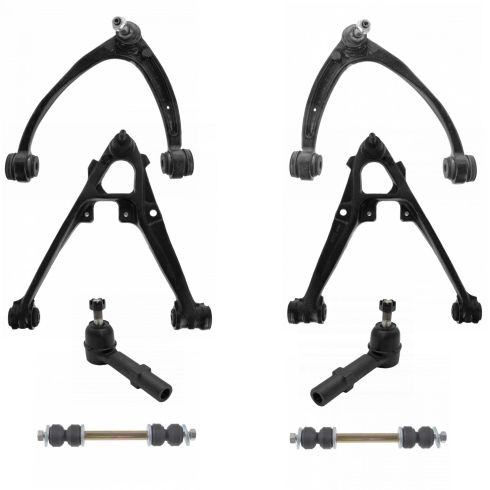
Replaces
2012 Cadillac Escalade ESV with Cast Iron Control Arms Front 8 Piece Steering & Suspension Kit TRQ PSA69984

Product Reviews
Loading reviews
5.00/ 5.0
1
1review
Control arms
March 9, 2024
Just like oem very smooth ride after install these new ones great quality parts
Customer Q&A
No questions have been asked about this item.
Cadillac is a registered trademark of General Motors Company. 1A Auto is not affiliated with or sponsored by Cadillac or General Motors Company.
See all trademarks.










